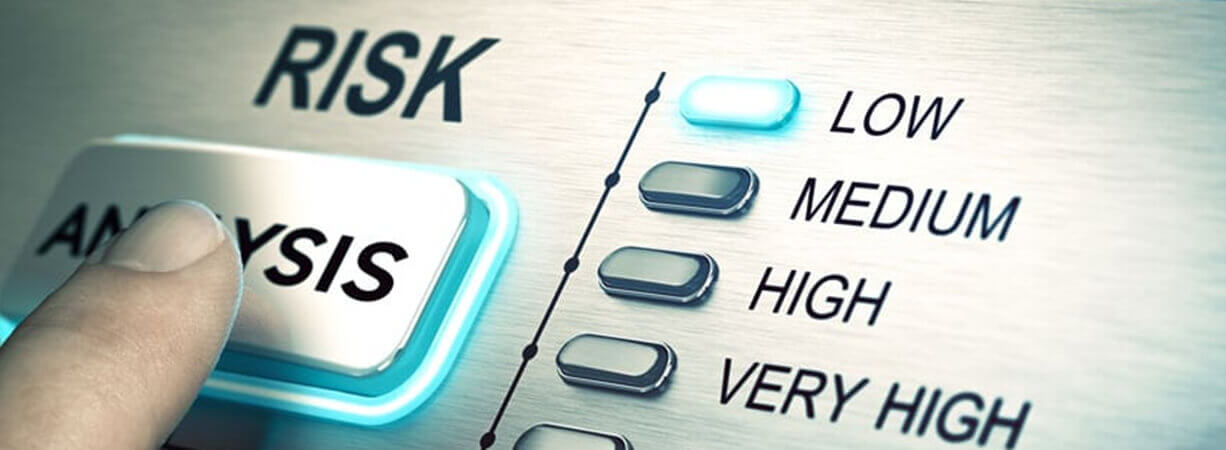Benefit-risk analysis of medical devices is a crucial requirement of ISO 14971 risk management for medical devices, essential for determining if the benefits of the medical device outweigh the risks associated with its use. Before conducting the medical device risk analysis, manufacturers must list the Potential Benefits and Potential Risks of the device.
It’s important to recognize that benefits and risks are usually not in the same units, making it challenging to objectively compare them. Despite this, medical device manufacturers must subjectively decide if the potential benefits justify the potential risks for the user or patient.
According to the EU MDR and EU IVDR Annex I GSPR No. 1, a medical device must be designed and manufactured to ensure that its risks are acceptable when weighed against its benefits to patients.
Furthermore, EU MDR and EU IVDR Annex I GSPR No. 2 require that risks be minimized as much as possible without negatively affecting the benefit-risk ratio. Each risk must be outweighed by the benefits, and if not, the risk should be reduced or eliminated, even if it means losing some associated benefits, to improve the risk analysis in medical devices.
By following these guidelines, medical device manufacturers can ensure a thorough benefit-risk analysis that prioritizes patient safety and positive health outcomes.
To Recognize Potential Benefits and Risks of Medical Device, its important to understand,
- Potential risks and benefits vary among different patients.
- Medical Device benefits are defined as Positive impacts on Patient’s Health. These can include improved clinical outcomes, enhanced quality of life, better diagnostic accuracy, and overall positive impacts on public health.
How should medical device manufacturer evaluate the benefit of a Medical Device?
When evaluating the benefits of a medical device, several key factors must be considered to ensure the medical device functions as intended and provides value to patients’ health. The benefit analysis is crucial in this process. Here are the main aspects to look at while evaluating the benefit of a medical device:
- Type of Benefit: Medical devices enhance the quality of life, relieve symptoms, assist in diagnosis or help improve patient function.
- Magnitude of Benefit: It depends on a specific scale assessing how significant the medical device benefit is.
- Probability of Benefit: It takes into consideration how likely it is that the patients will get the expected benefit from the use of medical devices.
- Duration of Benefit: It depicts how long the benefit will last for the patient while using the medical device.
Manufacturers typically perform clinical evaluations to determine these benefits, but non-clinical methods like usability testing, computer modeling, simulations, and cell-based testing can also be used. This comprehensive medical device risk analysis helps in making informed decisions about the medical device’s potential impact on patients.
In addition to the above, conducting a thorough medical device risk analysis is vital to understand any potential issues and balance them against the benefits. This approach ensures patient safety while maintaining the effectiveness of the medical device.
How should medical device manufacturer evaluate the risk of a Medical Device?
When evaluating the risks and benefits of a medical device, manufacturers must consider several key factors weighing risk of the medical device:
- Clinical Data Quality: Reliable and well-conducted clinical studies are essential. Poor quality studies can lead to untrustworthy outcomes, making it hard to prove that the benefits outweigh the risks.
- Disease Characteristics: It’s important to know if the disease is stable or degenerative, the condition of the disease, and how it can worsen over time without treatment.
- Patient’s Risk Tolerance: Patients’ Risk Tolerance depends on the severity of the condition. Patients with life-threatening illnesses might be willing to accept higher risks for the potential benefits of medical devices.
In some scenarios, a barely beneficial device may attain approval if there are no alternative treatments accessible. Conversely, a high-risk device could be granted approval if it demonstrates exceptional effectiveness for a specific group of patients or addresses prevalent conditions within specific geographical regions.
What factors to use when judging the risks vs the benefits of a device?
When evaluating a medical device, manufacturers must carefully assess multiple factors to determine whether the benefits outweigh the risks. A key aspect of medical risk management is understanding the severity and probability of potential risks while considering the expected health improvements. Medical risk analysis should include clinical data quality, patient risk tolerance, and alternative treatment options. Additionally, benefit-risk analysis for medical devices must factor in disease progression, usability, and long-term patient outcomes. By conducting a structured assessment, manufacturers can make informed decisions, ensuring patient safety while maintaining compliance with global regulatory requirements.
Benefit-risk analysis is performed at various stages
Risk Benefit Analysis is performed at different stages to provide a comprehensive evaluation of Risks and Benefits of Medical device.
- While drafting a Risk Management File, Benefit and Risk Analysis is used to identify and mitigate potential risks.
- During the clinical evaluation stage, clinical data is collected to support the benefit-risk analysis.
- Post-market surveillance Stage gathers clinical data to keep the benefit-risk assessment updated.
- Periodic Safety Update Reports (PSUR) are updated to summarize the benefit-risk conclusions.
By continuously performing benefit and risk analysis, medical device manufacturers can ensure that medical devices remain safe and effective for patients. This ongoing Benefit-Risk assessment of medical devices helps in making informed decisions and maintaining regulatory compliance.
Looking to buy templates to prepare your medical device risk management files in-house? Buy once and prepare your risk assessments for multiple products with ease. – Risk Management File Template & Procedure
Why Choose Maven Profcon Services for Benefit-Risk Analysis?
Maven Profcon Services LLP specializes in comprehensive benefit-risk analysis for medical devices, ensuring compliance with ISO 14971, EU MDR, and IVDR regulations. Our expert team helps medical device manufacturers conduct thorough risk assessments, balancing patient safety, clinical effectiveness, and regulatory requirements. We provide end-to-end support, from risk management file preparation to clinical evaluations and post-market surveillance. With a proven track record of successful submissions to Notified Bodies, we streamline the risk-benefit assessment process to help manufacturers meet global regulatory standards efficiently.
For expert assistance with your benefit-risk analysis, contact us at enquiry@mavenprofserv.com or call +91-7490017774 / +91 7940026222.





